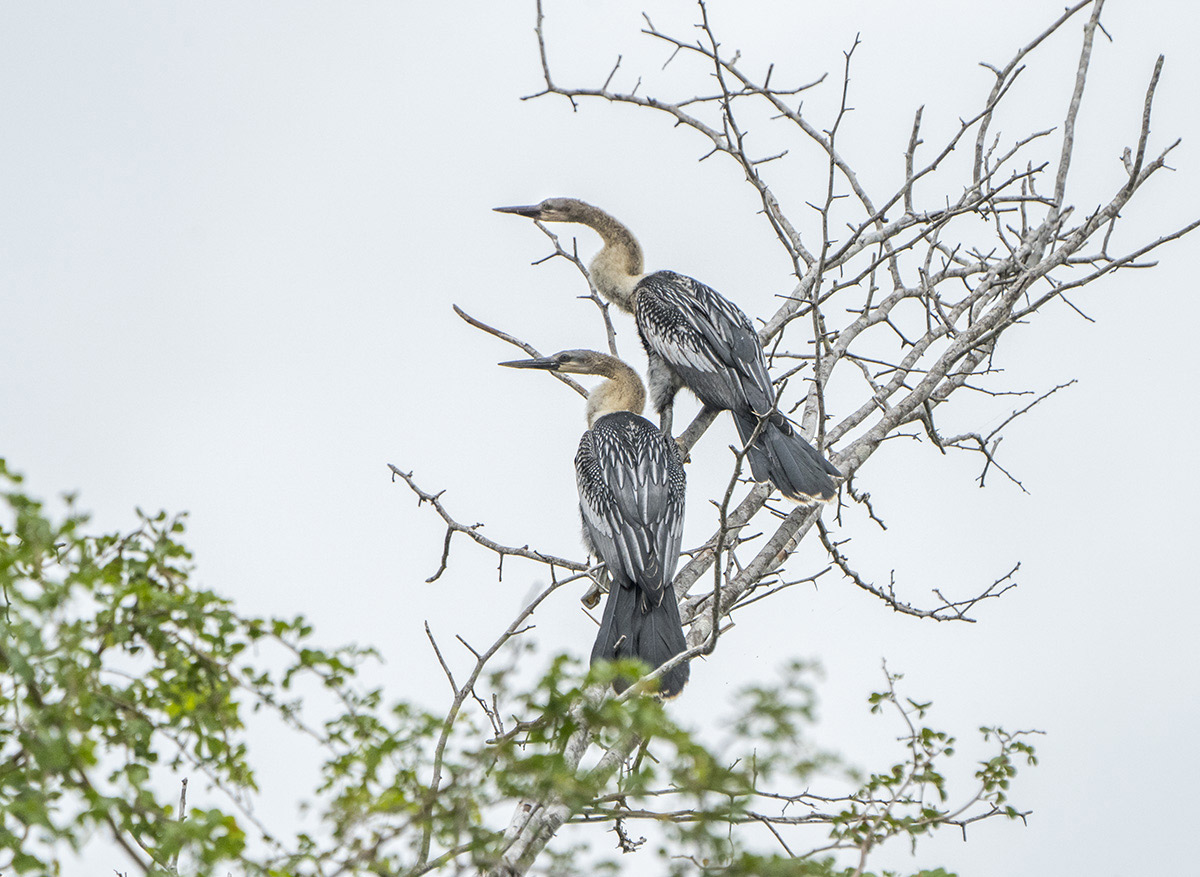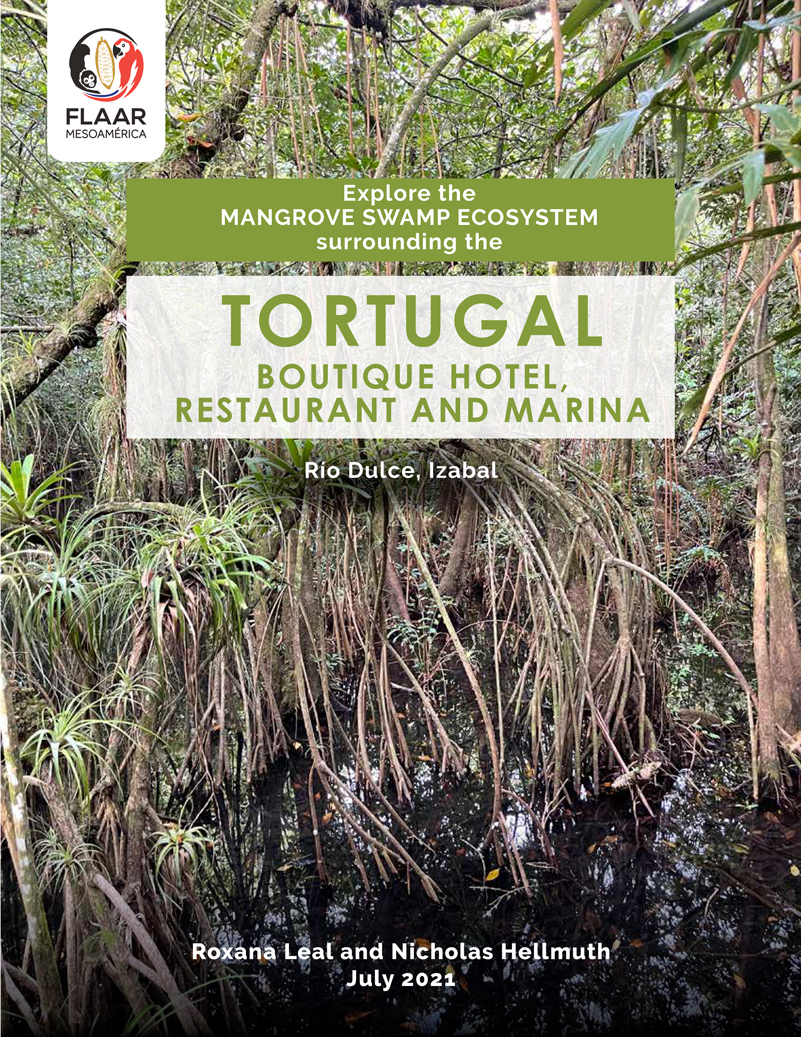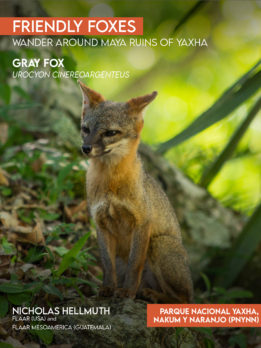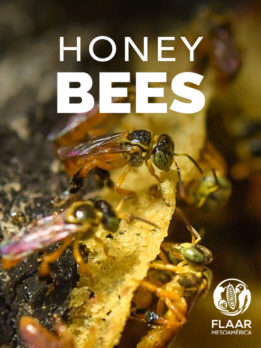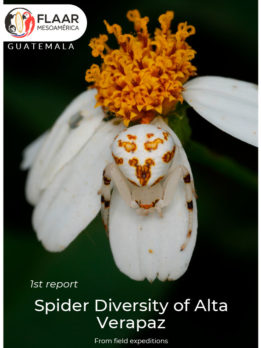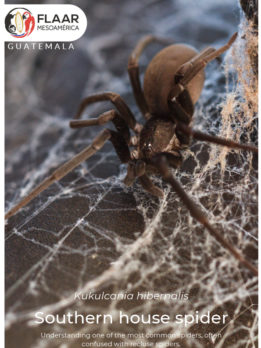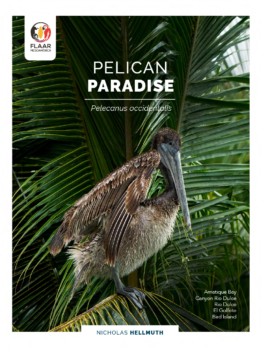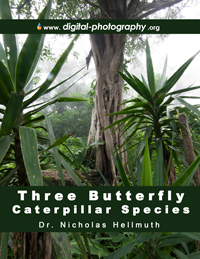Starting a 5-year Project to find and photograph all waterbirds of Peten
In May 2021 we (FLAAR in USA and FLAAR Mesoamerica in Guatemala) were awarded a 5-year project of cooperation and coordination with CONAP to study, photograph, and prepare educational reports on the biodiverse ecosystems of Peten. Naturally we are focused on fragile ecosystems and endangered species. But we are also interested in finding and photographing all waterbirds in order to make these photos available to iconographers and epigraphers who are studying Classic Maya art. For example, I have discovered that the male white pelican is the model for a three-dimensional stone sculpture of a bird-eating-a-fish.
So month by month, year by year, we will be looking for residents and migratory waterbirds of Guatemala. Good place to find both is in Peten such as Sayaxche area rivers and lakes, Rio San Pedro (Las Guacamayas area). However we also do comparable bird photography in Lake Atitlan and Monterrico area rivers, lakes, and mangrove swamps parallel to the Pacific Ocean. This year (2021) we have photographed lots of waterbirds in the Caribbean coastal area of the Municipio de Livingston, Izabal (as part of our 15-month project in this area).
In all areas of Peten we will be cooperating with local bird watchers, local park rangers, and all the local nature reserves to learn which species of birds are in which area in which month. For example, in May 2021 there were almost no waterbirds around the edge of Lake Yaxha, in part probably because the shore feeding area had been totally flooded this year. But our team was able to find and photograph the two anhinga birds here.
Parque Nacional Yaxha, Nakum and Naranjo is great place for birders
Lots of different waterbirds can be found in Parque Nacional Yaxha, Naranjo and Nakum, especially around Lake Yaxha. Take a boat towards Topoxte Island. There are several places you can get boat service: the visitor’s center after you to through the entry area (to the left). Or if you are staying at the hotel Ecolodge El Sombrero they have boat service by reservation also.
We also go up Rio Ixtinto (on the other side of Topoxte Island. But that’s mainly to see the boat-billed heron on the right side of the river (hidden in branches). This bird is the logo bird of Olmec kings and gods (of Tabasco and Veracruz, Mexico) and a logo bird of Teotihuacan imperial military and trading outposts in the Costa Sur area of Guatemala. Curiously the boat-billed heron, Cochlearius cochlearius, is not usually pictured by the Classic Maya.
Be sure to hire a local registered guide. Many of these guides know local birds quite well. If you are member of a bird watchers group, club, or society, be sure to stay at least two days at Yaxha since you want to see the birds up in the trees on the hilltops as much as the waterbirds around the lake.
I must admit that in addition to waterbirds I like to see the King Vulture; bird watching guide Teco (Moises Daniel Perez Diaz) showed me the Sarcoramphus papa gliding high above the hilltop at the west end of Lake Yaxha. Rather obviously you will not see every bird unless you stay enough days and have experienced bird watching guides from the local area.
Anhinga birds have a straight beak and a grayish color. Cormorant has a tiny but noticeable downward curve to its yellow-orangish beak. Anhingas have longer and larger tails as well. Here is the photo of Anhinga anhinga taken by David Arrivillaga during May field trip, with Sony mirrorless camera Sony A7R and 200-600 zoom telephoto lens.
A. anhinga, often called snake bird, water turkey or pato aguja (in Spanish), is a waterbird that lives in various countries of América. It can be found in bodies of water that are surrounded by abundant vegetation, such as mangrove forests or both rivers and lagoons with abundant tree-species associated. In fact, anhingas inhabit ecosystems with these characteristics because they need perching sites to sun dry their bodies after they feed in the water. This occurs because their feathers are not waterproof; instead, they get waterlogged which allows them to submerge in the water and look for prey. For that reason, they can be easily seen perching in tree branches and with their wings opened.
One of A. anhinga’s characteristic feature is their snake-like neck. In addition to the fact that while they swim only their neck is visible above the water, this feature lent to their common name: snake birds. The “s” shape of their neck is also a key characteristic for them to have developed the “darting” motion which they use to stab fish and other prey. In conjunction, all these traits and behavioral components called the attention of pre hispanic cultures and conferred these birds a mythological meaning as mysterious creatures.
The following bibliographical references and links collect diverse scientific data of different aspects of A. anhinga; from how they can be ecological indicators on the effects of chemical pollution in waterbodies, to what sustains their color pallet and how does their coloration may affect their behaviour, plus more.
PDF, Articles, Books on Anhinga anhinga
- 1971
- Notes on the breeding behavior of the Anhinga. The Wilson Bulletin. Vol. 73, No. 2. Pages 115-125.
Available online:
https://sora.unm.edu/sites/default/files/journals/wilson/v073n02/
p0115-p0125.pdf
- 2013
- Aspectos de la reproducción de la Marbella (Anhinga anhinga) (Aves:Anhingidae) en dos humedales de Cuba. Revista Cubana de Ciencias biológicas. Vol. 2, No. 2. Pages 73-76.
Available online:
www.researchgate.net/publication/294425847_Aspectos_de_la_
reproduccion_de_la_Marbella_Anhinga_anhinga_Aves_
Anhingidae_en_dos_humedales_de_Cuba
- 2009
- Inventario Nacional de Humedales de la República de Honduras. SERNA-DIBIO-USAID/MIRA. Honduras. 249 pages.
Available online:
https://angelarandazzoeisemann.files.wordpress.com
/2014/01/inventario_de_humedales_de_honduras.pdf
- 1973
- The air-sac systems and buoyancy of the Anhinga and double-crested cormorant. The Auk. Vol. 90, No. 2. Pages 324-340.
Available online:
www.jstor.org/stable/pdf/4084300.pdf?seq=1#page_scan_tab_contents
- 2016
- Anidación del Pato Aguja (Anhinga anhinga) en el Valle del Cauca, Colombia. Boletín SAO. Vol. 25, No. 1&2. Pages 1-5.
Available online:
www.researchgate.net/publication/313793324_Anidacion_del_
Pato_Aguja_Anhinga _anhinga_en_el_Valle_del_Cauca_Colombia
- 1985
- The vaterite cover on the eggs of Anhinga anhinga and its effect on gas conductance (Aves: Anhingidae). Journal of Zoology. Vol. 205, No.3. Pages 425-433.
Available online:
https://zslpublications.onlinelibrary.wiley.com/doi/abs/10.1111
/j.1469-7998.1985.tb05627.x
- 1878
- Meaning of the Word “Anhinga”. Bulletin of the Nuttall Ornithological Club. Vol. 3, No. 2. Page 101.
Available online:
www.jstor.org/stable/24722884?refreqid=excelsior%3A7aadcde3
ab5808382ec02f01073dba7a&seq=1#metadata_info_tab_contents
- 2001
- Inventario Nacional de los Humedales de Guatemala. UICN/ORMA, CONAP, Facultad de Ciencias Químicas y Farmacia USAC, Gobierno de Noruega and CBM. Costa Rica. 154 pages.
Available online:
https://portals.iucn.org/library/node/8141
- 2006
- Evaluation of Waterbird Populations and their Conservation in Guatemala. Sociedad Guatemalteca de Ornitología. Guatemala. 74 pages.
Available online:
www.avesdeguatemala.org/Waterbirds_GUA_final_20march2006.pdf
- 2002
- Effects of Fires on Foraging and Breeding Wading Birds in the Everglades. The Wilson Bulletin. Vol. 114, No. 1. Pages 139-141
Available online:
https://wec.ifas.ufl.edu/pdf/frederick/Epanchin%20et%20al%200
2%20Effects%20of%20Everglades%20fires%20on%20wading%
20bird%20colonies.pdf
- 1981
- Wing- and Tail-Flapping in Anhingas: A Possible Method for Drying in the Abscence of Sun. The Auk. Vol. 98, No. 4. Page 834.
Available online:
https://academic.oup.com/auk/article-abstract/
98/4/834/5187796?redirectedFrom=fulltext
- 2020
- An update of the invasive Pterygoplichthys Gill, 1858 (Actinopterygii, Loricariidae) in Guatemala: new records and notes on its interactions with the local fauna. Neotropical biology and conservation. Vol. 15, No. 3. Pages 285-300.
Available online:
www.neotropical.pensoft.net/article/53020/
- 2008
- The Importance of White on Black: Unmelanized Plumage Proportion Predicts Display Complexity in Birds. Behavioral Ecology and Sociobiology. Vol. 63, No. 2 Pages 303-311.
Available online:
www.ismaelgalvan.com/wp-content/uploads/2017/02/Galva_
n-2008-Behavioral-Ecology-and-Sociobiology.pdf
- 1988
- Energetics and Spread-Winged Behavior in Anhingas and Double-Crested Cormorants: The Risks of Generalization. American Zoologist. Vol. 28, No. 3. Pages 845-851.
Available online:
https://academic.oup.com/icb/article/28/3/845/99165
- 1985
- Energetics, Behavior and the Zoogeography of Anhingas and Double-Crested Cormorants. Ornis Scandinavica (Scandinavian Journal of Ornithology). Vol. 16, No. 4. Pages 319-323.
Available online:
www.jstor.org/stable/3676697
- 1983
- Environmental Influences on the Energetics and Behavior of Anhingas and Double-Crested Cormorants. Physiological Zoology. Vol. 56, No. 2. Pages 201-216.
Available online:
https://ufdc.ufl.edu/AA00017671/00001
- 2019
- Sorting out the Snakebirds: The species status, phylogeny, and biogeography of the Darters (Aves: Anhingidae). Journal of Zoological Systematics and Evolutionary Research. Vol. 57, No. 4.
Available online:
www.researchgate.net/publication/334806012_Sorting_out_
the_Snakebirds_The_species_status_phylogeny_and_
biogeography_of_the_Darters_Aves_Anhingidae
- 1941
- Contracaecum quincuspis, a new species of nematode from the American waterturkey. Journal of the Washington Academy of Sciences. Vol. 31, No. 1. Pages 33-37.
Available online:
www.archive.org/details/biostor-103148/mode/2up
- 1984
- Plumage Wettability of Aquatic Birds. The Auk. Vol. 101, No. 1. Pages 181-185.
Available online:
https://sora.unm.edu/sites/default/files/journals/auk/v101n01/
p0181-p0185.pdf
- 2002
- Phyologeny of Tertiary Giant Anhingas (Pelacaniformes: Anhingidae) from South America. In: Zhou Z, Zhang F, editors. Proceedings of the 5th Symposium of the Society of Avian Paleontology and Evolution. Beijing: Science Press; 2002. Pages 41-49.
Available online:
www.researchgate.net/publication/228490066_Phylogeny_of_
the_Tertiary_Giant_Anhingas_Pelecaniformes_Anhingidae_from_South_America
- 1978
- Organochlorine Residues and Eggshell Thinning in Anhingas and Waders. Proceedings of the Colonial Waterbird Group. Vol. 1. Pages 185-195.
Available online:
www.jstor.org/stable/1520919
- 1978
- Organochlorine Residues and Eggshell Thinning in Wood Storks and Anhingas. Willson Bulletin. Vol. 90, No. 4. Pages 608-618.
Available online:
www.researchgate.net/publication/285297522_Organochlorine_
residues_and_eggshell_thinning_in_Wood_Storks_and_Anhingas
- 1976
- Adaptations for Locomotion and Feeding in the Anhinga and the Double-Crested Cormorant. Ornithological Monographs. No. 6. Pages 1-138.
Available online:
https://sora.unm.edu/node/136
- 2000
- Una evaluación rápida de diversidad de la avifauna en hábitats acuáticos del Parque Nacional Laguna del Tigre, Peten, Guatemala. Boletín RAP de Evaluación Biológica. No. 16. Pages 150-155.
Available online:
www.academia.edu/1347846/A_Biological_Assessment_of_Laguna_del_Tigre_National_Park_Pet%C3%A9n_Guatemala
- 2019
- Nuevos sitios de anidación de “pato aguja” Anhinga anhinga (Anhingidae: Linnaeus, 1766) para El Salvador. Bioma. Vol. 5, No. 50. Pages 24-31
Available online:
https://edicionbioma.files.wordpress.com/2019/10/nuevos-
sitios-de-anidacic3b3n-de-pato-aguja.pdf
- 2020
- Use of Margarine for the Successful Removal of Polyisobutylene in Anhinga (Anhinga anhinga) and Great Blue Heron (Ardea herodias). Journal of avian medicine and surgery. Vol. 34, No. 1. Pages 70-77.
Available online:
https://bioone.org/journals/journal-of-avian-medicine-and-surgery
/volume-34/issue-1/1082-6742-34.1.70/Use-of-Margarine-for-the-Successful-Removal-of-Polyisobutylene-in/10.1647/1082-6742
-34.1.70.short
- 2010
- North American population estimates of waterbirds, vultures and hawks from migration counts in Veracruz, México. Bird Conservation International. Vol. 2010, No. 20. Pages 124-133.
Available online:
www.researchgate.net/publication/232005249_North_
American_population_estimates_of_waterbirds_vultures_
and_hawks_from_migration_counts_in_Veracruz_Mexico
- 1995
- Organochlorine Pesticides in Anhingas, White Ibises, and Apple Snails Collected in Florida, 1989-1991. Archives of Environmental Contamination and Toxicology. Vol. 30. Pages 379-383.
Available online:
www.researchgate.net/publication/226070935_Organochlorine_
Pesticides_in_Anhingas_White_Ibises_and_Apple_Snails_
Collected_in_Florida_19891991
- 2002
- Biomonitoring environmental contaminants near a municipal solid-waste combustor: a decade later. Environmental Pollution. Vol. 117, No. 1. Pages 15-21.
Available online:
www.sciencedirect.com/science/article/abs/pii/S02697491010
01592
- 2011
- Proximate bases of silver color in Anhinga (Anhinga anhinga) feathers. Journal of Morphology. 9 pages.
Available online:
http://rafaelmaia.net/pdf/2011-Shawkeyetal-JMorph.pdf
- 2015
- Birds and Environmental Change in the Maya Area. Undergraduate thesis. Hampshire College. USA. 111 pages.
Available online:
https://compass.fivecolleges.edu/islandora/object/
hampshire:1428/datastream/OBJ/download
- 2012
- Anhinga anhinga (Anhinga or snake-bird). The Online Guide to the Animals of Trinidad and Tobago. 5 pages.
Available online:
https://sta.uwi.edu/fst/lifesciences/sites/default/files/lifesciences
/images/Anhinga%20anhinga%20-%20Anhinga%20or%
20Snake-bird.pdf
- 2020
- Nuevos Registros de Aves Raras en Áreas Verdes Urbanas de Puebla, México. Lum. Vol. 1, No. 1. Pages 28-41.
Available online:
www.researchgate.net/publication/346651870_Nuevos_registros_
de_aves_raras_en_areas_verdes_urbanas_de_Puebla_Mexico
- 2017
- Avifaunal characterization of Corral de Piedra Palustrine Wetland, Nicoya, Costa Rica. UNED Research Journal. Vol. 9, No. 2. Pages 236-246.
Available online:
www.scielo.sa.cr/pdf/cinn/v9n2/1659-4266-cinn-9-02-00236.pdf
- 1911
- The Color of the Gular Sac of the Water-Turkey (Anhinga anhinga). The Auk. Vol. 28, No. 1. Pages 107-108.
Available online:
https://sora.unm.edu/node/9254
- 1959
- Erratum: Systematic Position of Filaria helicina Molin, 1858, from the Brain Cavity of the Snakebird, Anhinga anhinga. The Journal of Parasitology. Vol. 45, No. 2. Page 197.
Available online:
www.jstor.org/stable/3286530?refreqid=excelsior%3A0e4aeb0
9e5d608c5d886658e2ceefe41
- 1957
- Systematic Position of Molin, 1858, from the Brain Cavity of the Snakebird, Anhinga anhinga. The Journal of Parasitology. Vol. 43, No. 6. Pages 649-655.
Available online:
www.jstor.org/stable/3286558?refreqid=excelsior%3A3729bfdc
4a46970d6048dc7ff20fb35a
- 1985
- Comparative Feeding Ecology of Twenty-Two Tropical Piscivores. Ornithological Monographs. No. 36, Neotropical Ornithology. Pages 788-797.
Available online:
www.jstor.org/stable/40168316
Suggested web pages with photos and information on Anhinga anhinga
www.damisela.com/zoo/ave/otros/pelecan/anhinga/anhinga/index.htm
Information
www.planetofbirds.com/pelecaniformes-anhingidae-anhinga-anhinga-anhinga
Information.
http://ecobiosis.museocostarica.go.cr/especies/ficha/2/3130
Information.
www.allaboutbirds.org/guide/Anhinga/id
Photos and information.
https://animaldiversity.org/accounts/Anhinga_anhinga/
Photos and information.
http://datazone.birdlife.org/species/factsheet/22696702
Map location.
www.cepf.net/sites/default/files/final_birdlife_identifyingibas.pdf
Information, page 36.
www.avesdeguatemala.org/iba/IBA_Guatemala2007.pdf
Information, page 55.
www.sites.google.com/site/barrierislandecology2013/impacts-of-terrestrial-fauna/anhinga?overridemobile=true
Information, photos and videos.
www.marn.gob.gt/Multimedios/19253.pdf
Information from “Área de Uso Múltiple Marino-Costera Monterrico”, Guatemala; page 66.
www.marn.gob.gt/Multimedios/19244.pdf
Information from “Área de Uso Múltiple Marino-Costera Hawaii”, Guatemala; page 69.
http://biblioteca.usac.edu.gt/tesis/24/24_0201.pdf
Information from “Parque Nacional Sipacate-Naranjo” Guatemala, page 16.
https://biblioteca-farmacia.usac.edu.gt/Tesis/EPSB203.pdf
Information from some of the wetlands in the Pacific Coast of Guatemala.
https://lac.wetlands.org/wp-content/uploads/sites/2/dlm_uploads/2019/05/Manomet-CAWC-Final-report-2019.pdf
Species list from the 2019 Central American Waterbird Census.
https://rsis.ramsar.org/RISapp/files/3045222/documents/SV1935lit2011.pdf
Species list form “Complejo Jaltepeque”, El Salvador; page 24.
www.researchgate.net/profile/Alexis-Cerezo-Blandon/publication/
280632715_LISTADO_ECOLOGICO_DE_LAS_AVES_DE_LA_
REGION_CARIBENA_DE_GUATEMALA_DEPARTAMENTO_
DE_IZABAL/links/55c05fd008aec0e5f4477b83/LISTADO-
ECOLOGICO-DE-LAS-AVES-DE-LA-REGION-CARIBENA-DE-
GUATEMALA-DEPARTAMENTO-DE-IZABAL.pdf
Species list from the Caribbean Region of Guatemala.
https://kipdf.com/propuesta-tecnica-corredor-biologico-costa-sur-canal-de-chiquimulilla_5ac5981f1723dddf7a870334.html
Species list from the South Coast of Guatemala, page 48.
www.researchgate.net/publication/303882937_An_ichthyological_survey_of_Laguna_del_Tigre_National_Park_Peten_Guatemala
Information and species list from “Parque Nacional Laguna del Tigre”, Guatemala; pages 59, 153, and 208.
www.plazapublica.com.gt/sites/default/files/doc_2_pdd_ccbguatecarbon_v.8.2.pdf
Species list from “Reserva de la Biosfera Maya”, Guatemala; page 182.
https://visityaxha.com/diversidad-biologica/
Species list from “Parque Nacional Yaxhá, Nakum y Naranjo”, Guatemala.
https://rsis.ramsar.org/RISapp/files/658/documents/GT1016mgt_SP.pdf
Species list from “Área de protección especial Punta de Manabique”, Guatemala; page 30.
https://conap.gob.gt/wp-content/uploads/2019/09/1667-R%C3%ADo-Sarstun.pdf
Species list from Río Sarstún, Guatemala; page 57.
https://rsis.ramsar.org/RISapp/files/657/documents/GT813mgt_SP.pdf
Species list from “Refugio de Vida Silvestre Bocas del Polochic”, Guatemala; page 83.
www.yumpu.com/es/document/read/25669275/antecedentes-de-tikal-rareplanet
Species list from “Parque Nacional Tikal”, Guatemala; page 10.
www.oiseaux-birds.com/card-anhinga.html
Information and photos.
www.coterc.com/uploads/1/6/1/8/16182092/anhinga.pdf
Information
https://joelsuch.com/tag/peten/
Photograph.
https://petenenfotos.blogspot.com/2019/11/pato-aguja-en-el-lago-peten-itza.html
Photograph.
www.flickr.com/photos/93959689@N07/49353833662/
Photograph from Petén Itzá, Guatemala.
https://animaldiversity.org/accounts/anhinga_anhinga/
Information
https://books.google.com.gt/books?id=7NjEe2vBYngC&pg=PA98&
lpg=PA98&dq=pato+aguja+pet%C3%A9n&source=bl&ots=8YVz6
f14Zf&sig=ACfU3U1_hx3UtTVecNgqE-gc_sc-zB1fhA&hl=
es&sa=X&ved=2ahUKEwjT3IiVoK7xAhXoRt8KHTo-BSoQ6AE
wEnoECBAQAw#v=onepage&q=pato%20aguja%20pet%C3%A9
n&f=false
Photograph and information, pages 99, 101.
www.parque-tikal.com/#!/tough
Photograph and information.
www.bu.edu/holmul/reports/2004_HOLMUL_interim.pdf
Photograph from Maya iconography, cover page.
https://glifos.umg.edu.gt/digital/86663.pdf
Legal information of the environmental law applied in Guatemala.
www.gbif.org/es/dataset/800ea6f6-f762-11e1-a439-00145eb45e9a
Cientific collection from the Natural History and Ecology Institute (IHNE), Chiapas.
Last update June, 2021.
First posted August, 2019.
Bibliography prepared by Marcella Sarti, updated by Sergio Jerez, FLAAR Mesoamerica.




